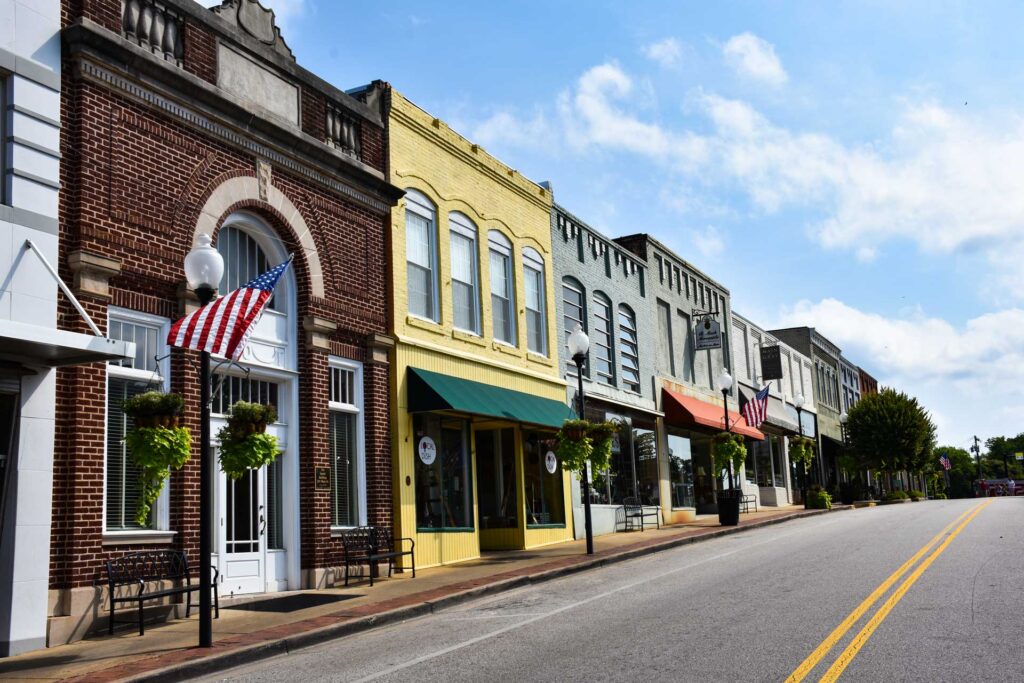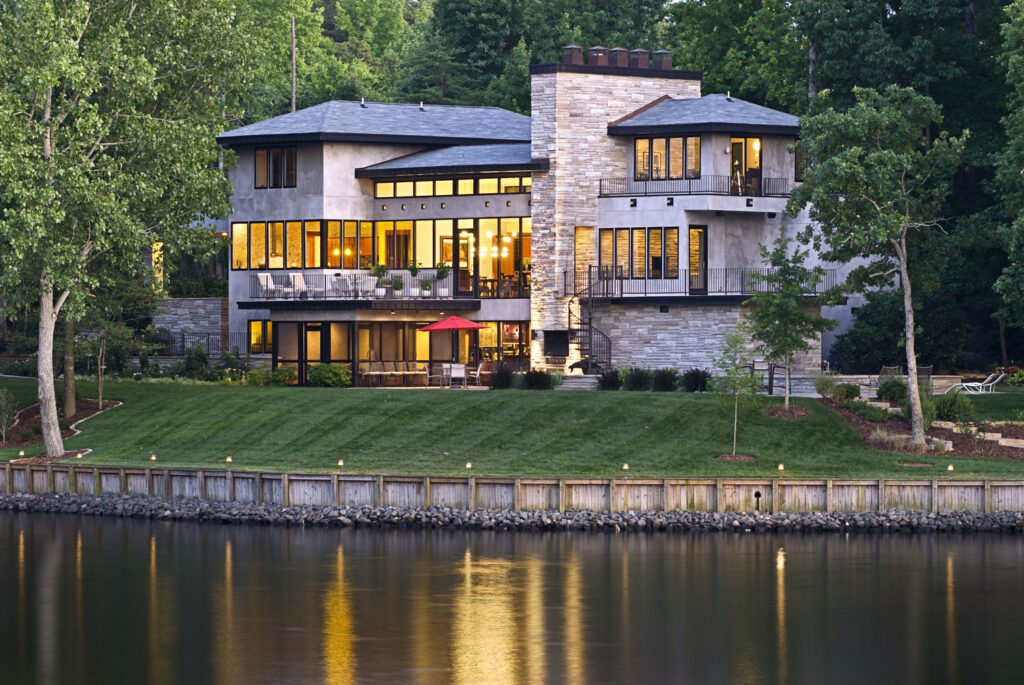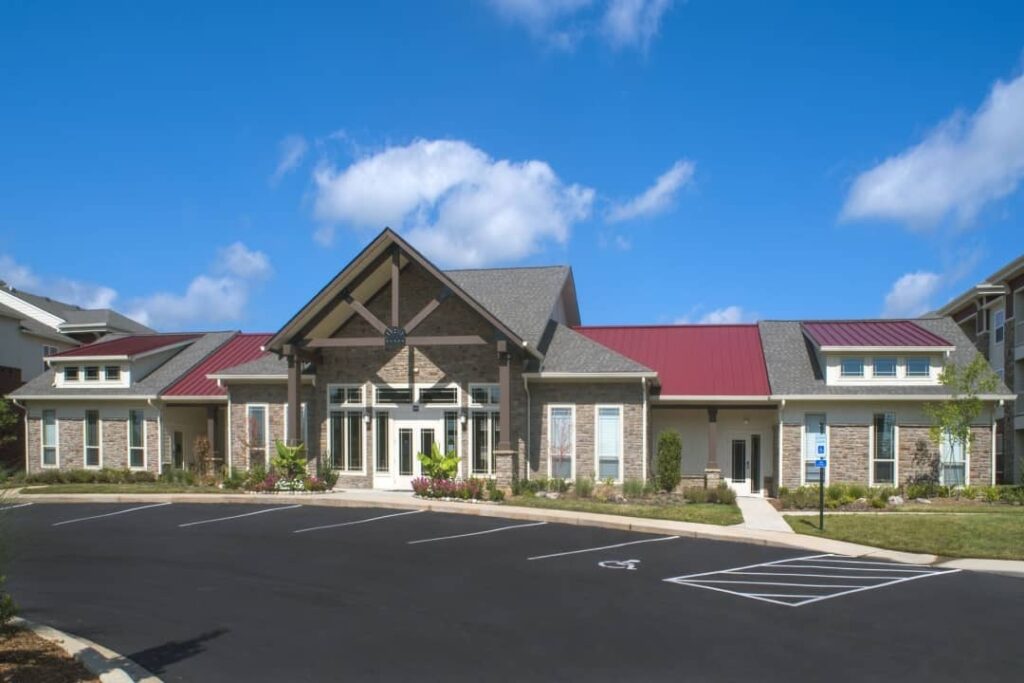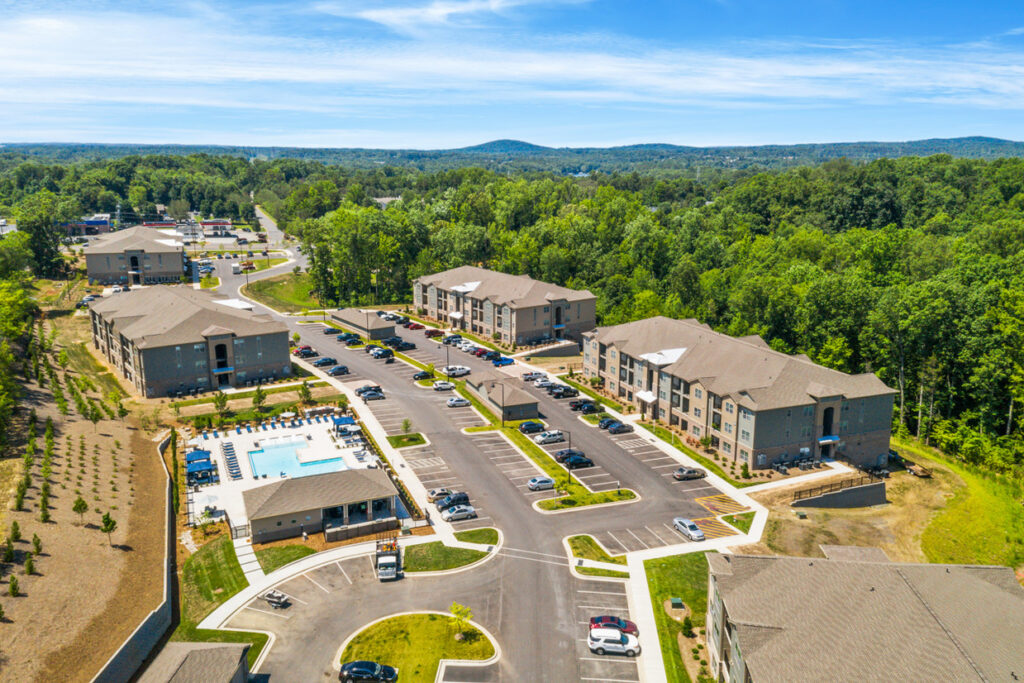
CHARLOTTE, NC

CHARLOTTE NC
HOA MANAGEMENT SERVICES IN CHARLOTTE, NC
The City of Charlotte was named for Charlotte of Mecklenburg-Strelitz a.k.a. Sophia Charlotte (May 19, 1744 – November 17, 1818). From her marriage on September 8, 1761, to England’s King George III she was Queen of Great Britain and Ireland. Charlotte was from a royal heritage, the Mecklenburg-Strelitz. The Mecklenburg-Strelitz was a duchy in northern Germany.
When George III succeeded the British throne in 1760, he was unmarried and Charlotte being only 16 years old, German, and with no political complications appealed to him. Their 57-year marriage of 1761 only ended with her death in 1818. During their marriage, she periodically contended with George’s periods of physical and mental illness, which worsened in his declining years. Their marriage produced fifteen children, with thirteen surviving into adulthood. Two of these children were George IV and William IV, British kings. In addition, Charlotte, Princess Royal, became Queen of Württemberg; Prince Edward was the father of Queen Victoria who up to her time had the longest reign of any previous British monarch: Prince Adolphus, grandfather of the British queen consort Mary of Teck; and Prince Ernest Augustus, who became King of Hanover.
Charlotte was known as a patron of the arts and for her love of nature. She was considered an amateur botanist who was instrumental in helping expand the Royal Botanic Gardens, also known as the Kew Gardens. After decorating a tree for a Christmas party in 1800, she is credited with introducing the Christmas tree to England. She reportedly had a close relationship with French Queen Marie Antoinette.


Year Incorporated:
Charlotte was incorporated in 1768
Year Founded:
Charlotte was originally settled in 1755
Type of Government:
Charlotte operates under the Council-Manager form of local government. Whereas the citizens of Charlotte elect a city council who employ a city manager to run the day-to-day operations of the municipality.
Area Location:
Charlotte is located in the southern Piedmont region of North Carolina. Charlotte is located within Mecklenburg County. The municipalities of Pineville, Matthews, Mint Hill, and Huntersville border Charlotte within Mecklenburg County.
Population
Charlotte Historic Population per the United States Census:
2020: 874,579
2010: 731,424
2000: 540,828
1970: 241,420
1950: 134,042
1920: 46,338
1900: 18,091
1870: 4,473
1850: 1,065
1800: 276

EARLY HISTORY:
The earliest recorded inhabitants of the future Charlotte area were the Catawba Indians. The Catawba Indians in the future Charlotte southern Piedmont area were first encountered by Spanish explorer Hernando de Soto in 1540. It is estimated at the time of first contact with Europeans, the Catawba Indian population was in excess of 10,000. The Catawba Indian population by 1826 had been reduced to 110 as a result of intertribal conflicts and smallpox epidemics.
For the most part, the original European settlers to the future Charlotte area were of Scots-Irish origin with a very small percentage of German Palatines also known as Pennsylvania Dutch. The first settlers arrived in the future Charlotte area around the 1750s. The “Georgia Road or Branch” of the “Great Wagon Road,” which originated in Philadelphia, ran through Charlotte. The Great Wagon Road drastically increased immigration to Charlotte and the surrounding area in the mid to late 1700s. These settlers were, on the whole, subsistence farmers with a few tradesmen. The Scots-Irish were mostly Presbyterians, and the German settlers were a mix of Lutherans and German Reformed.
Created as being the founding family of Charlotte, the Thomas Spratt family homesteaded in what is now the Elizabeth area of Charlotte. Thomas Polk, the great-uncle of the 11th President of the United States, James Knox Polk, who was married to Thomas Spratt’s daughter Susanna, constructed his home at what is now considered the center of Charlotte, Trade Street and Tryon Street. His home was located at the crossroads of two Native American trading paths between the Yadkin River and the Catawba River. The trading path that ran north-south became part of the Great Wagon Road and eventually became known as Tryon Street in honor of William Tryon, a colonial royal governor of North Carolina. The second trading path that ran in an east–westerly direction eventually became known as Trade Street.
The Native American trading path crossroads and Thomas Polk’s home developed into the Town of Charlotte, incorporated in 1768. Charlotte was also known as Charlottetown during this earlier development period. Charlotte was named in honor of Charlotte of Mecklenburg-Strelitz, the wife of England’s monarch King George III. This is where the City of Charlotte’s moniker “The Queen City,” originated. Charlotte’s second moniker, “The Hornet’s Nest,” reportedly derives from a statement by British General Lord Charles Cornwallis. Reportedly upon leaving Charlotte during the American Revolution, Cornwallis made a statement about leaving this hornet’s nest of rebellion.
The streets and future streets of Charlotte were laid out in a grid in 1770. In 1772, William Moultrie, while surveying the North Carolina and South Carolina border visited Charlotte. He recorded that the town only consisted of five or six homes that were “very ordinary built of logs.”
In May of 1775, area Patriots gathered and on May 20 signed the Mecklenburg Resolves, also known as the Mecklenburg Declaration of Independence. The date of the signing of the declaration is celebrated every year in Charlotte as “MecDec,” with musket and cannon fire at Independence Square at Trade and Tryon. Both North Carolina’s state flag and state seal bear the May 20, 1775, date.


LOCAL SITES AND ATTRACTIONS:
- Mint Museum – The Mint Museum is the oldest art museum in North Carolina. It is home to one of the largest art collections in the southeast. Categories range from Ancient American, Native American, American, European, and contemporary art. The museum has two branches, Mint Museum Uptown, 500 S. Tryon Street, Charlotte, North Carolina 28202, and Mint Museum Randolph, 2730 Randolph Road, Charlotte, North Carolina 28207.
- Carolinas Aviation Museum – The Carolina Aviation Museum is located at the Charlotte/Douglas International Airport (CDI). The museum is devoted to the history of aviation in North Carolina and South Carolina. There are around 50 aircraft on display, primarily civilian aircraft with several military aircraft on display. There is an exhibit of US Airways’ Flight 1549 commonly known as “The Miracle on the Hudson.” 4672 First Flight Drive, Charlotte, North Carolina 28208
- NASCAR Hall of Fame – The NASCAR Hall of Fame not only recognizes outstanding NASCAR drivers, but exceptional crew chiefs, team owners, media broadcasters, and key contributors to the sport of racing. The hall of fame is located in uptown Charlotte at 400 E. Martin Luther King Jr. Blvd, Charlotte, North Carolina, 28202.
- U.S. National Whitewater Center – The U.S. National Whitewater Center (USNWC) is located in west Charlotte and was established in 2006 to promote active outdoor lifestyles. The center has 1,300 acres on the Catawba River with walking trails, biking trails. Some of the activities include whitewater rafting, kayaking, paddleboarding, and rocking climbing.
- Billy Graham Library – The Billy Graham Library is located off the Billy Graham Parkway in Charlotte. The themes of the library are “The Man,” “The Message,” “The Ministry,” and “The Mission” with the message being pre-eminent: the Gospel of Jesus Christ. The library is constructed to look like a dairy barn in remembrance of Billy Graham’s growing up on a dairy farm in Charlotte. His original childhood home has been moved and restored on-site. 4330 Westmont Dr, Charlotte, NC 28217
Local Events and Festivals:
- Yiasou Greek Festival – The Yiasou Greek Festival has been held since 1978 and has become one of Charlotte’s largest annual festivals. The festival features Hellenic heritage exhibits, authentic Greek food, live music and dancing, arts and crafts, and other related activities.
- Taste of Charlotte – Taste of Charlotte is a three-day festival offering the best foods from local restaurants along with live entertainment. The festival is held on Tryon Street and spans six city blocks from Stonewall Street to 5th Street.
- Moo and Brew Fest – The Moo and Brew Fest is a yearly craft beer and burger festival that is purportedly the largest in North Carolina. It is held each April with various national musical acts.
- Breakaway Music Festival – The Breakaway Music Festival is an annual music festival held at the North Carolina Music Factory in Charlotte where hip hop, electronic music artists, and DJs perform.
- Heroes Convention – The Heroes Convention is a yearly comic book convention that takes place in June at the Charlotte Convention Center. The convention was first held in 1982, and it is one of the oldest and largest independent comic book conventions in the United States.

Notable Citizens:
- Reverend Billy Graham (1918-2018), Religious leader
- Robert L. Johnson, co-founder of BET, first black American billionaire, former majority owner Charlotte Bobcats.
- Michael Jordan, former professional basketball player, principal owner & chairman of the Charlotte Hornets.
- Randolph Scott (1898-1987), movie star, career spanning from 1928 to 1962.
- Annie Lowrie Alexander (1864–1929), the first female physician in the American South
Coordinates: Per Google Earth, Latitude: 35°13′36.26″ N, Longitude: 80°50′35.26″ W
Elevation: Per Google Earth, 731 feet
Land Area: 297.68 Square Miles
Climate: Moderate
Time Zone: Eastern Standard Time UTC-5 and Daylight-Saving Time UTC-4
Website: https://charlottenc.gov
Major Roadways: Interstate 77, Interstate 85, Interstate 277, Interstate 485,
Area Code: 704 and 980
ZIP Codes: 28201-28237, 28240-28247, 28250, 28253-28256, 28258, 28260-28262, 28265-28266, 28269-28275, 28277-28278, 28280-28290, 28296-28297, 28299

Previous Location
CITY NAME,STATE

Next Location




